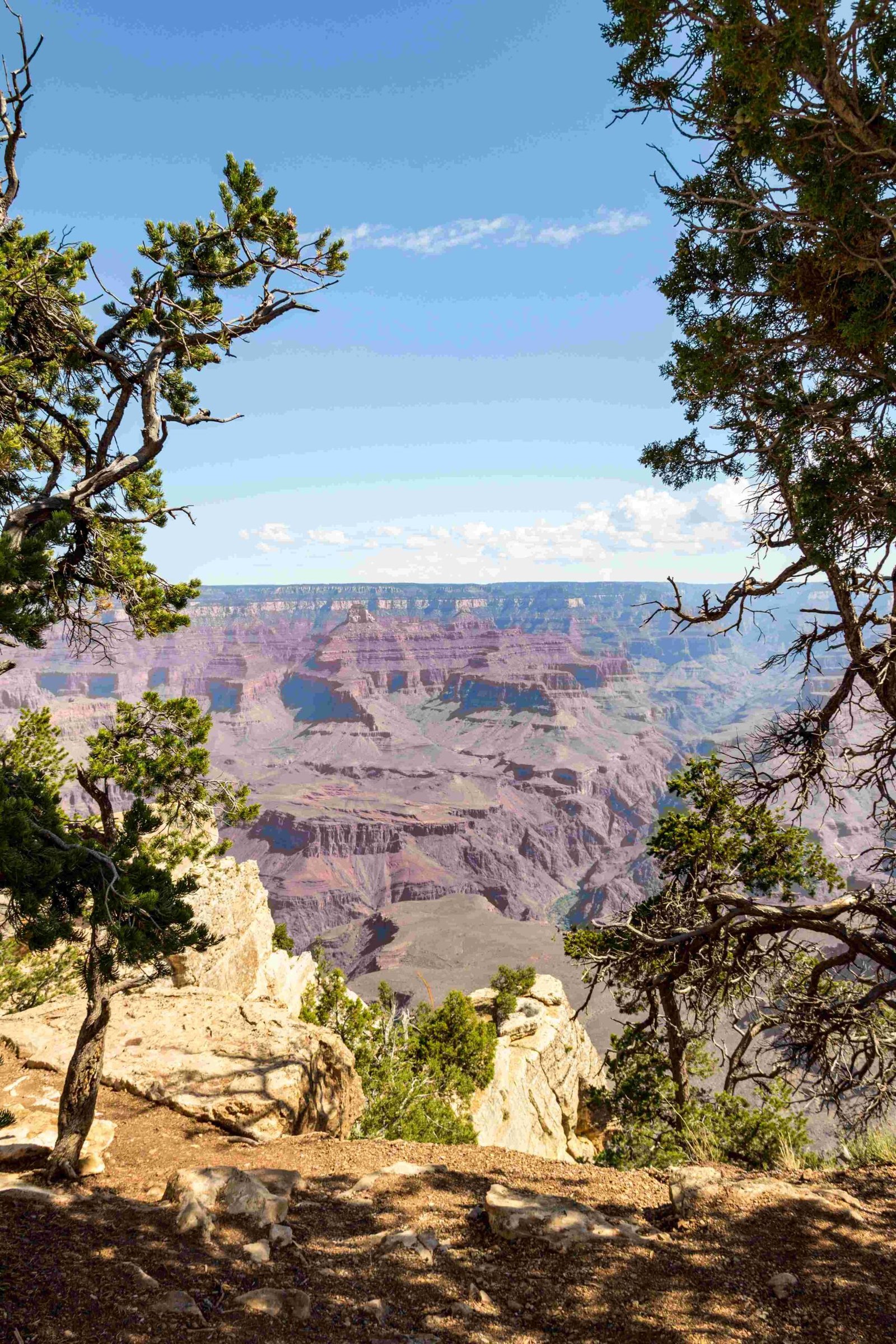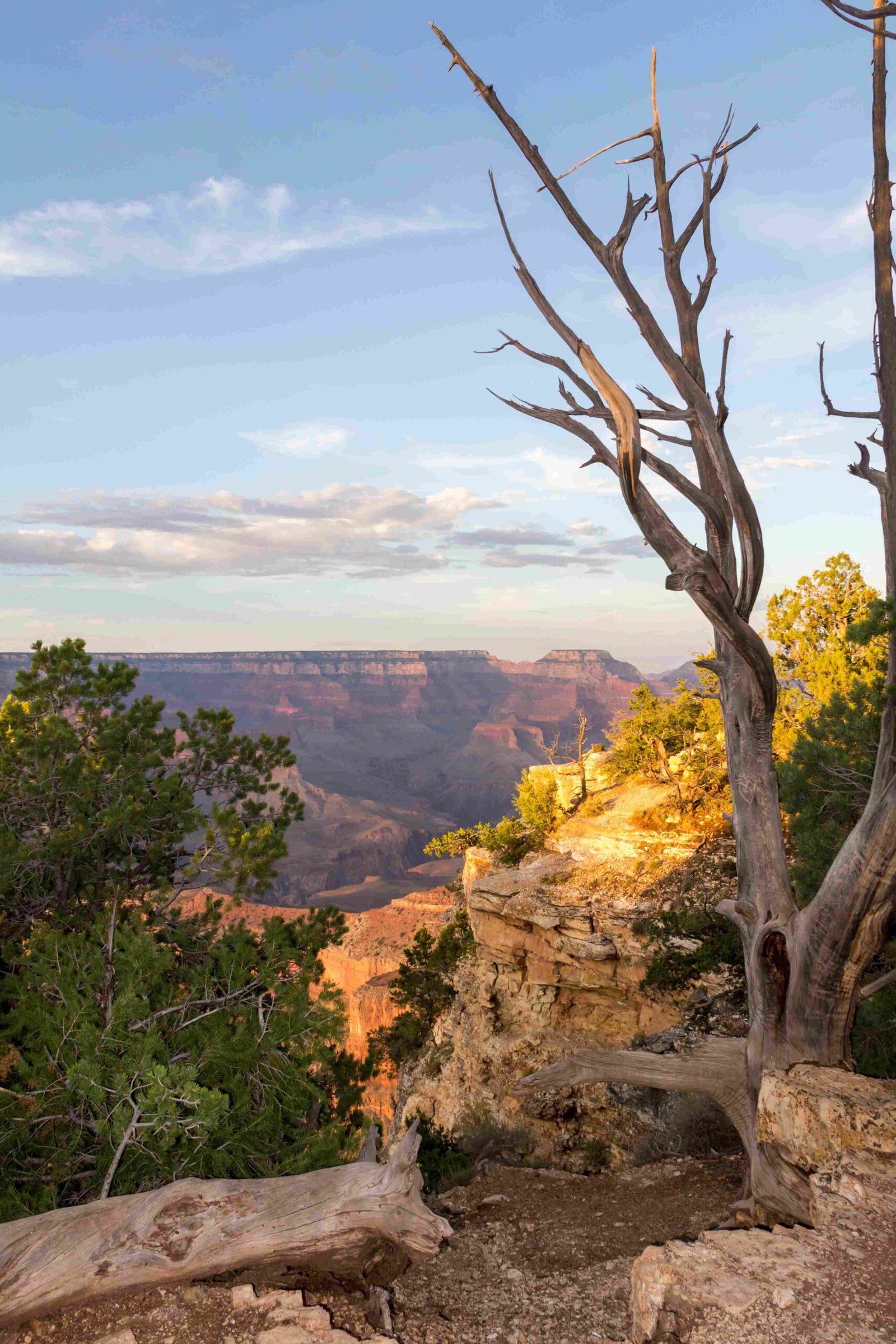The Colorado River’s depth within the Grand Canyon represents a fascinating geological phenomenon, revealing depths ranging from 10 to 85 feet across different segments. This remarkable waterway carves through ancient rock layers, creating a dynamic hydraulic environment that challenges traditional measurement techniques and offers profound insights into geological transformation.
What Makes the Colorado River’s Depth Unique in the Grand Canyon?

The Colorado River’s depth within the Grand Canyon is not uniform, presenting a complex hydrological landscape that varies dramatically based on location, geological formations, and seasonal changes. Understanding these depth variations requires a multifaceted approach combining scientific measurement and geological analysis.
How Deep is the Colorado River at Different Points?
| Location | Average Depth | Maximum Depth |
|---|---|---|
| Upper Reaches | 10 feet | 15 feet |
| Grand Canyon Segment | 40 feet | 85 feet |
| Lower Reaches | 30 feet | 45 feet |
What Factors Influence the River’s Depth?
Several critical factors contribute to the Colorado River’s depth variations:
- Geological Formations
- Rock layer composition
- Canyon width and narrowness
-
Erosion patterns
-
Hydrological Dynamics
- Water volume
- Seasonal precipitation
-
Upstream dam regulations
-
Topographical Variations
- Canyon slope
- Riverbed configuration
- Sediment accumulation
How Do Scientists Measure the River’s Depth?
Measuring the Colorado River’s depth involves sophisticated techniques:
- Sonar Mapping
- Uses sound wave technology
- Provides precise depth measurements
-
Allows comprehensive river bottom visualization
-
Bathymetric Surveys
- Combines GPS and sonar technologies
- Creates detailed underwater topographical maps
-
Tracks changes in river depth over time
-
Remote Sensing
- Satellite imagery analysis
- Estimates depth in challenging terrain
- Provides broad-scale understanding
What Challenges Exist in Measuring River Depth?
Researchers face multiple obstacles when studying the Colorado River’s depth:
- Extreme terrain accessibility
- Rapid flow variations
- Safety concerns in turbulent sections
- Environmental protection regulations
Why is Understanding River Depth Important?
Comprehending the Colorado River’s depth offers critical insights:
- Ecological habitat assessment
- Water resource management
- Climate change impact studies
- Geological evolution understanding
Interesting Depth Observations
- The deepest point occurs at mile 135, reaching 85 feet
- Average depth fluctuates around 40 feet
- Depth can change rapidly due to seasonal variations
Conclusion

The Colorado River’s depth within the Grand Canyon represents a dynamic, ever-changing geological marvel that continues to fascinate scientists and nature enthusiasts alike.

